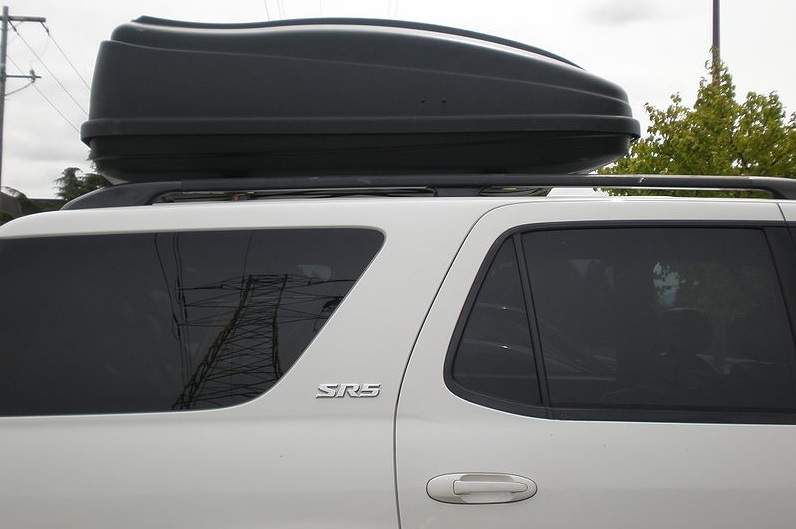Fuel-efficient driving can not only save you hundreds of bucks a year but can also improve road safety and prevent unnecessary wear and tear on your vehicle.
The below guide can help.
1. Accelerate as gently as possible
The harder you accelerate, the more fuel you consume. You can conserve fuel by easing on to your accelerometer and pedal gently and gradually as per your requirement.
To maximize the fuel efficiency of your vehicle, take roundabout 5 seconds to accelerate your car to 20kmph from rest. If you are driving a gasoline-powered car on a manual transmission, go for a moderate throttle position and try to shift between 2,000 to 2,500 revolutions a minute.
2. Smooth driving is the key
Start/stop driving is nothing but a hindrance and is much less efficient than driving at a constant speed.
Whenever possible, avoid driving during peak hours and on congested roads.
3. Remove the ski box or the roof rack
Source- Wiki
This is similar to having your windows open but much worse.
Even if your roof rack or ski box is empty, it increases a whole lot of unnecessary drag making your car utilize more fuel during the drive. So why don’t you stow them away when you aren’t exactly using them? The latest models are quite easy and convenient to fit and remove; aren’t they?
4. Minimize vehicle idling
Most car engines today do not need any “warming up” by idling before setting off. This simply results in wastage of fuel, and nothing else.
Once you are on the road, minimize fuel wastage during idling by shutting your engine whenever your car’s brought to a halt. The net wear and tear on the vehicle as a result of this practice is also quite negligible compared to the benefits you sow in the long run.
5. Switch off your AC
It can be tempting to leave the air conditioning for the whole time, but it does use quite a lot of fuel.
Hence, we would advise you to switch it off when it is not so hot on the outside.
6. Take care of your tyres
Inflate your vehicle tyres to the exact pressure as mentioned in your manufacturer handbook and ensure they maintain a proper alignment.
Proper maintenance of tyres will not only bring down your fuel consumption but will also improve your vehicle handling and tyre life in the long run.
7. Maintain your vehicle
Keep your ride well-tuned and get it serviced at regular intervals as specified by the manufacturer.
Use fuel as recommended by the manufacturer. For example, if you use regular unleaded fuel in your vehicle in place of premium unleaded (as stated by the manufacturer’s handbook), expect to get slightly less performance and higher consumption during the drive.
So that essentially sums things up. For more information, refer to the infographic below.
Source- Visually [Made by Plates4Less]
Kent Charlie is associated with a vehicle registration agency that also deals with the personal number plate design. He has also been writing for many online publications on a freelance basis. Kent loves travelling and adventure riding, which he often does alone. Collecting heritage car number plates is one of his favorites and he takes pride of that. He takes inspiration from Plates4Less which sells number plates for vehicles.
















































































































































































